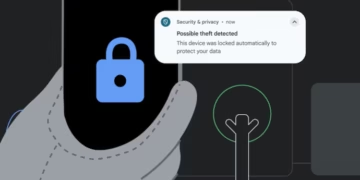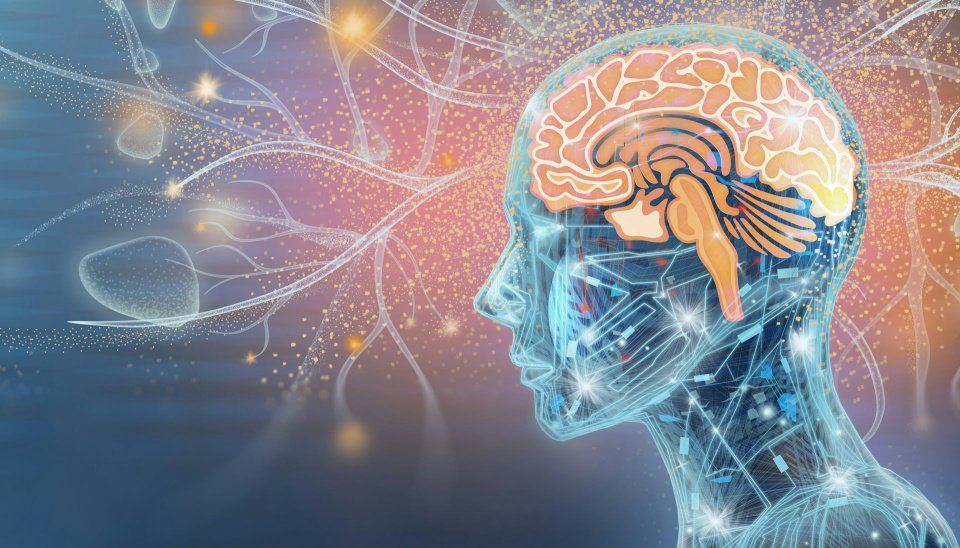Is it truly possible to transfer our very thoughts and consciousness into a computer? It’s a concept that has captivated our imaginations for decades, with countless sci-fi depictions of this feat. But as technology advances at an unprecedented rate, the question arises: could uploading the human mind into a computer actually become a reality?

The idea of replicating the human brain in a digital form is both intriguing and daunting. The thought of living on forever in a virtual realm while evading the limitations of our mortal bodies is certainly appealing. However, many ethical and technical concerns surround the idea of mind uploading.
One of the main hurdles in this process is the vast complexity of the human brain. Our brains contain billions of neurons and synapses, and every individual’s brain is unique. Replicating this level of complexity in a computer would require an immense amount of data and computing power.
Another challenge is understanding the intricacies of the human brain. While we have made significant strides in understanding the brain, there is still much we don’t know about how it works. Without a thorough understanding, it would be nearly impossible to accurately recreate the mind in a computer.
But let’s not discount the progress we have made in this area. Researchers and scientists have been able to successfully create brain simulations and even transfer memories from one brain to another in various animal studies. These achievements bring us one step closer to the possibility of human mind uploading.
🧠 What is Mind Uploading?
Mind uploading, also known as whole brain emulation, is the hypothetical process of scanning and mapping a person’s entire brain—including memories, emotions, and consciousness—and transferring that data into a digital medium, such as a supercomputer or cloud-based neural simulation.
The concept has been explored in science fiction for decades, but recent breakthroughs in neuroscience, AI, and computing have pushed it closer to scientific plausibility. Leading futurists like Ray Kurzweil and neuroscientists working in connectomics believe that full-brain emulation may be achievable by 2045, though this estimate remains controversial.
🚀 The Science Behind It
1. Brain Scanning & Mapping
For mind uploading to work, every neuron, synapse, and neural pathway must be scanned with microscopic precision. This could involve technologies such as:
- Cryonic brain preservation
- High-resolution MRI and LIDAR
- Electron microscopy
- Brain slicing and digital reconstruction
2. Simulation and Emulation
Once the brain is fully mapped, a software simulation would attempt to replicate how that brain functions, simulating neurotransmitter flow, electrical activity, and memory recall using:
- Neural networks
- AI deep learning frameworks
- Quantum or exascale supercomputing
3. Consciousness Transfer
The most debated part: Is the resulting emulation you or merely a copy? Philosophers argue over the concept of continuity of self, soul, and subjective experience.
🕐 Is This Realistic by 2045?
Optimists Say Yes:
- Ray Kurzweil, Google futurist, says exponential growth in computing and AI will enable full brain uploads by 2045.
- Neuralink and other brain-interface companies are already exploring methods for two-way communication between brains and machines.
Skeptics Say No:
- We don’t fully understand consciousness, and simulating it may require technology that doesn’t yet exist.
- Data storage and power needs to emulate a brain could exceed anything humanity currently has.
- Ethical regulations may block experimentation or implementation.
🤔 Ethical & Philosophical Dilemmas
- Is the emulation really you? Or just a very sophisticated copy?
- Rights and Legal Identity: Would digital versions have rights? Could they vote, own property, or marry?
- Social Disruption: What happens if mind uploading is only available to the rich?
- Religious Conflicts: Many belief systems hold consciousness or soul to be sacred and non-transferrable.

🤖 Key Technologies Accelerating the Possibility
- Connectomics – Mapping of all brain connections
- BCI (Brain-Computer Interface) – Neuralink, Kernel, and other startups
- Cloud Neural Simulation – Using the cloud to simulate brain functions in real time
- Artificial General Intelligence (AGI) – May assist in decoding consciousness
- Cryonics & Brain Preservation – Companies like Alcor focus on preserving brains until future tech is ready
📊 Potential Benefits
- Digital Immortality: Live indefinitely as a digital entity.
- Explore Virtual Worlds: Exist in tailored realities without physical limitations.
- Accelerated Learning: Emulations could learn, collaborate, and evolve faster.
- Disaster Recovery: Preserve the minds of great scientists, thinkers, and creators.

❌ Potential Risks
- Loss of Identity: Are you still yourself once uploaded?
- Cybersecurity: Could someone hack or delete your digital mind?
- Mental Health: Would consciousness without a body deteriorate?
- Exploitation: Could corporations control or monetize digital consciousness?
🌍 Where the World Stands Today
- The Blue Brain Project in Switzerland is working to digitally reconstruct a mouse brain.
- OpenWorm emulated a roundworm’s brain and transferred its behavior to a robot.
- Neuralink has demonstrated brain-computer control in animals and a human trial.
- US BRAIN Initiative has received billions in funding for next-gen neuroscience.
💡 Final Thoughts
Mind uploading is no longer confined to science fiction. While full brain emulation by 2045 is ambitious, the foundational tools—connectomics, AI, neuroimaging, and computing—are evolving rapidly. The question may no longer be “if” but “when” and “how.”
Still, we must tread carefully. The future of consciousness might not only shape how we live—but how we define life itself.





































